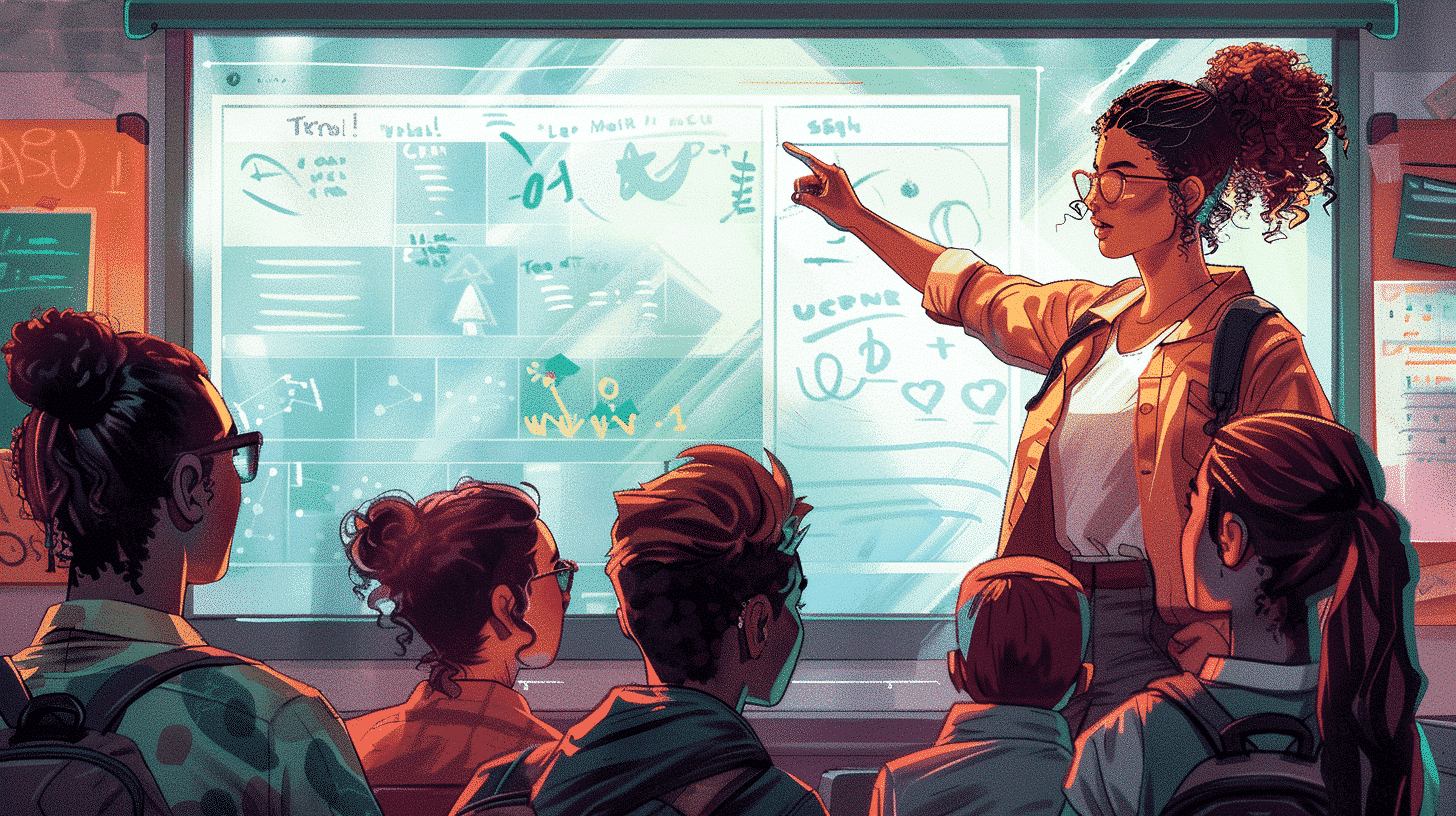Understanding the Importance of Greetings in Brazilian Portuguese
Greetings are more than just words; they are an expression of respect, warmth, and social connection. In Brazilian Portuguese, greeting someone correctly can set the tone for a positive interaction. Knowing how to say hello in Portuguese Brazil is crucial not only for daily conversations but also for making a good impression in social and professional settings.
Brazilian Portuguese greetings differ slightly from European Portuguese, reflecting the country’s unique culture and communication style. Embracing these differences helps learners engage more authentically with native speakers.
Basic Ways to Say Hello in Portuguese Brazil
1. Olá
Olá is the most straightforward and universal way to say hello in Portuguese. It is used in both formal and informal contexts and is equivalent to the English “Hello.”
- Example: Olá! Como vai você? (Hello! How are you?)
2. Oi
Oi is the most commonly used informal greeting in Brazil, similar to “Hi” in English. It’s widely used among friends, family, and even in casual business contexts.
- Example: Oi, tudo bem? (Hi, everything good?)
3. Alô
Alô is primarily used when answering the phone, equivalent to “Hello” in English telephone conversations.
- Example: Alô, quem fala? (Hello, who’s speaking?)
Formal and Polite Greetings in Brazilian Portuguese
While Brazilian Portuguese is generally informal, certain situations require polite and formal greetings, especially in business or when meeting someone older or in authority.
Boa tarde (Good afternoon)
Used after noon until early evening, Boa tarde is a respectful way to greet someone during the afternoon hours.
Bom dia (Good morning)
Used in the morning until around noon, Bom dia is a polite and common greeting in Brazil.
Boa noite (Good evening / Good night)
Used from evening onwards, Boa noite serves as both a greeting and a way to say goodbye at night.
Cultural Nuances When Saying Hello in Brazil
Understanding cultural context is key to using greetings appropriately. Brazilians are known for their warmth and friendliness, which is reflected in their greetings.
- Physical contact: In informal settings, it’s common to greet with a handshake, hug, or cheek kiss (usually one or two kisses depending on the region).
- Eye contact: Maintaining eye contact during a greeting shows attentiveness and respect.
- Use of first names: Brazilians often use first names or nicknames in greetings, even in professional environments, to foster closeness.
Common Phrases to Follow Up After Saying Hello
Once you know how to say hello in Portuguese Brazil, it’s helpful to learn common follow-up questions and phrases that keep conversations flowing.
- Tudo bem? – “All good?” or “How are you?” A very common casual follow-up.
- Como vai? – “How are you?” Slightly more formal than “Tudo bem?”
- Como você está? – “How are you?” A polite way to inquire about someone’s well-being.
Tips for Learning How to Say Hello in Portuguese Brazil Using Talkpal
Talkpal offers an interactive platform that helps learners practice Brazilian Portuguese greetings and conversation skills in real-time.
- Practice with native speakers: Engage in live conversations to hear authentic pronunciation and cultural expressions.
- Use voice recognition: Improve your accent by practicing greetings and receiving instant feedback.
- Learn contextual usage: Understand when to use formal vs. informal greetings through simulated social scenarios.
- Track your progress: Regular practice sessions help solidify your knowledge of greetings and other language skills.
Conclusion
Mastering how to say hello in Portuguese Brazil is a foundational step for anyone interested in learning the language. Whether you choose the simple “Olá,” the friendly “Oi,” or the time-specific greetings like “Bom dia,” understanding the context and cultural nuances is vital. Talkpal serves as an excellent tool to practice these greetings and gain confidence in real-world conversations. By combining knowledge of basic phrases with cultural insights and regular practice, learners can build a strong foundation in Brazilian Portuguese and enjoy meaningful interactions with native speakers.









